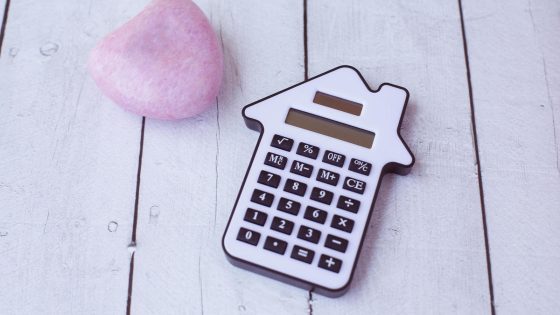Getty Images
2023 was not a great year for the mortgage market.
Thanks to elevated inflation and the highest interest rates in decades meant to tame it, mortgage interest rates surged, hitting their highest point since 2000. And while they’ve dropped slightly since, they’re still exponentially higher than they were in 2020 and 2021, for example. The long-term forecast for rate cuts and drops is also unknown, particularly after a report this week showed January inflation still above the Federal Reserve’s goal.
Against this backdrop, buyers — and existing owners looking to refinance — should thoroughly understand their options. This includes knowing the intangibles about the mortgage rate climate and some surprising things that may not be as widely known. Below, we’ll break down three surprising things to know about mortgage rates that could help buyers and owners navigate today’s unique rate climate.
Ready to get started? See what rate you could qualify for here now.
3 surprising things to know about mortgage rates
Here are three things you may not have known about mortgage rates.
Rates change daily
Did you know that mortgage rates change each day? Multiple factors influence rates ranging from inflation to the benchmark interest rate range set by the Fed and more. When mortgage rates plummeted in 2020 that was due to the pandemic and the dramatic rate cuts the Fed put into effect. With so many factors to account for, then, mortgage rates change each day.
While those changes may not be significant, they can quickly add up to a major difference over a few days or weeks. So, if you’re looking to buy or refinance, be sure to shop around for lenders and monitor their websites for daily rate adjustments. And be prepared to act when they move to a number you feel comfortable with.
Start exploring today’s mortgage rates here.
Rates could change before you close
Because rates change each day don’t be surprised to see rates change dramatically between the time you apply for a mortgage or mortgage refinance loan and the time you formalize it at closing. And rates could change before you close even if you lock your rate in.
If your credit profile or score, for example, deteriorates between the time it was locked and the time you closed, your rate could be adversely affected. Because of these factors, then, it makes sense to lock in a low rate when found while doing everything you can to keep your credit score high to maintain that rate through your closing date.
Today’s rates are still relatively low (historically speaking)
Sure, rates hovered around 3% during the height of the pandemic. And, yes, they’ve more than doubled since (a 30-year mortgage interest rate is 7.29% as of February 15, 2024) but they’re still relatively low, historically speaking. A mortgage loan for that same term in 1990, for example, was around 10%, according to Freddie Mac. And it was over 8% a decade later in 2000.
Why does this matter? It’s important to understand that the rates we’ve seen in recent years were abnormal – not today’s rates. With this context, it may be fruitless to wait for historic lows to return and instead proceed with the best rates available now, which are still relatively low compared to previous years. And, if rates somehow return to those lows, you could always refinance then.
See how low of a mortgage rate you could secure online today.
The bottom line
In today’s unique rate environment, it’s helpful to know all the nuances surrounding mortgage rates. For some, this means understanding some surprising facets like mortgage rates changing each day. It’s also important to understand that rates could change before you close on your mortgage loan (even if it was locked) and that today’s rates, historically speaking, are still relatively low. By understanding these three surprising things about mortgage rates now both buyers and owners looking to refinance can better make an informed decision about whether to proceed with new loan terms.
Source Agencies





